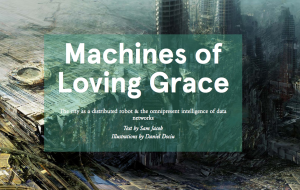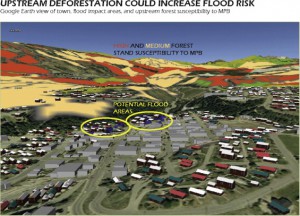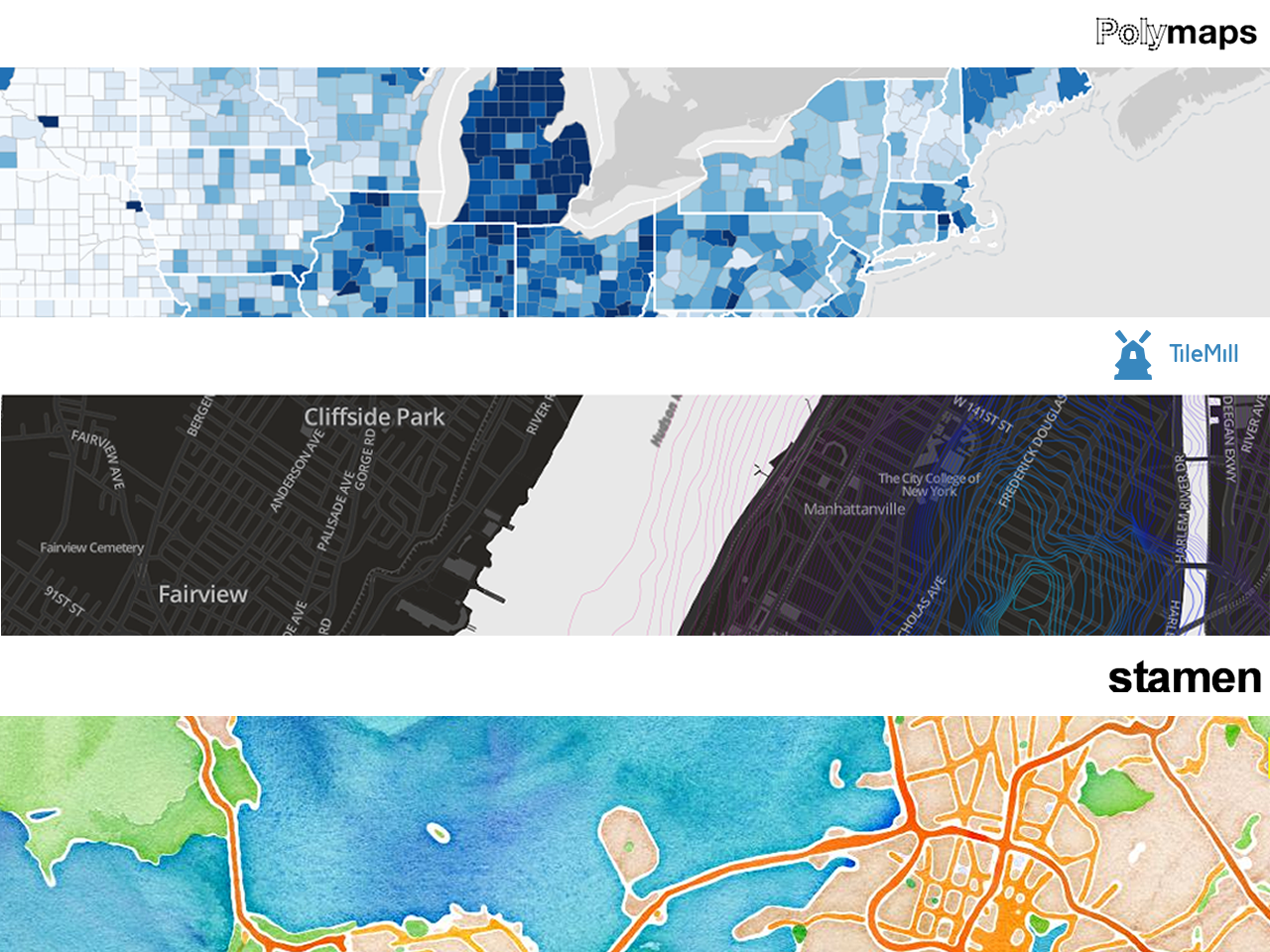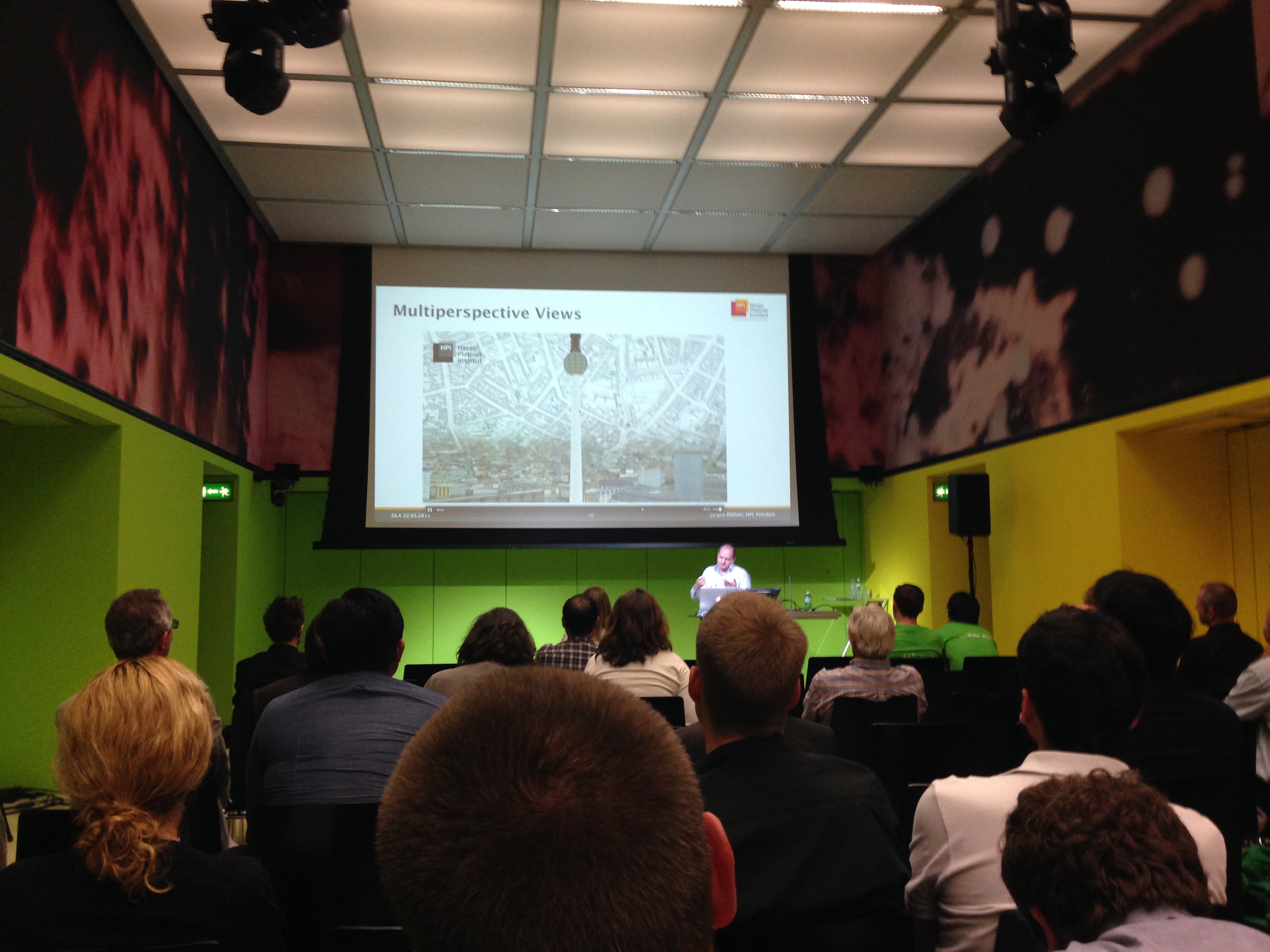
Issue no. 36 of uncube, “Uncanny Valley”, is taking a look into the latest developments in robotics and intelligent systems in architecture. If this is for architecture, what could be the potential in landscape architecture?! Well worth a look:


Issue no. 36 of uncube, “Uncanny Valley”, is taking a look into the latest developments in robotics and intelligent systems in architecture. If this is for architecture, what could be the potential in landscape architecture?! Well worth a look:
With quite some delay, a short recap of this year’s Digital Landscape Architecture Conference DLA 2015. After the brilliant DLA 2014 conference abroad, this year’s conference took place in its home town of Dessau again (before it will move to Istanbul for 2016).
The first key note was delivered by Prof. Brian Orland from PennState and at the time, visiting Weddle Chair at the University of Sheffield: “Geodesign – The Family Car of GIS“. The main argument was that geodesign is still a black box but stakeholders need to participate in telling the story. As key stones Brian suggested the following three elements and illustrated them with the example of hydraulic fracturing:
– Storytelling
– System Exploration
– Group Interactions
Another highlight of the conference were the presentation by Prof. Carl Steinitz and colleagues of the “Coastal Georgia 2050 Geodesign Synthesis Workshop” and the hands-on workshop “Digital Workflow for a Dynamic Geodsign System” delivered by Hrishikesh Ballel, PhD student of Prof. Carl Steinitz. The tool can be tested under http://www.geodesignstudy.com/
Prof. Stephen Ervin further pushed forward the theoretical framework of Geodesign: “A Proposed Map of a Geodesign Research Map.”
For these and further presentations and workshops at the DLA2015 Conference, please see the peer-reviewed conference proceedings published by Wichmann:
Peer-reviewed conference proceedings DLA2015
The Leibniz Institute for Regional Geography (IfL) in Leipzig invites applications from highly qualified and motivated individuals for a
Postdoctorate Position in Geospatial Visualisation
(full-time, salary based on TV-L13,
for a period of four years)
to begin on 1 January 2016 on work on current research projects, develop new possibilities of visualisation in digital atlases, create other visualisations and contribute to maps for publications of the IfL.
The complete job advertisement is available online at: www.ifl-leipzig.de/en/news/jobvacancies.
You can find further information about the Leibniz-Gemeinschaft
at www.leibniz-gemeinschaft.de
I am excited to present the following research paper in Landscape and Urban Planning because it summarizes the work my colleagues and I put into my favorite research project, the Kimberley Climate Adaptation Project KCAP. It was very rewarding working closely with the local community, visualizing different development scenarios and their interactions with climate change impacts. Great to see that about 70 recommendations from the original visioning process were adopted in various policy documents and a dozen actually implemented. The paper looks in more detail at one of the implemented mitigation measures, a flood retention area along the river that leads through Kimberley.
The paper is open access and can be downloaded for free at http://www.sciencedirect.com/science/article/pii/S0169204615000651

Reference:
Olaf Schroth, Ellen Pond, Stephen R.J. Sheppard, Evaluating presentation formats of local climate change in community planning with regard to process and outcomes, Landscape and Urban Planning, Available online 1 May 2015, ISSN 0169-2046, http://dx.doi.org/10.1016/j.landurbplan.2015.03.011.
Abstract:
This study synthesizes two evaluations of a local climate change planning process in a rural town in British Columbia (Canada), which was supported through landscape visualizations. First, the impact of the visualizations, based on scientific environmental modeling and presented in three different presentation formats, verbal/visual presentation, posters and a virtual globe, was evaluated with regard to immediate impacts during the process. Second, the long-term impacts on decision-making and actual outcomes were evaluated in a retrospective evaluation 22 months after the end of the initial planning process. Two results are highlighted: according to the quantitative pre-/post-questionnaires, the visualizations contributed to increased awareness and understanding. Most importantly, the retrospective evaluation indicated that the process informed policy, operational and built changes in Kimberley, in which the landscape visualizations played a role. The post interviews with key decision-makers showed that they remembered most of the visualizations and some decision-makers were further using them, particularly the posters. The virtual globe seemed to be not a “sustainable” display format suitable for formal decision-making processes such as council meetings though. That may change with the further mainstreaming of visualization technologies or mobile devices. Until then, we recommend using display formats that can be re-used following a specific planning event such as an Open House, to ensure on-going support for effective decision-making over the longer-term.
Research Highlights:
• Visualizations in a climate change planning process were assessed as very helpful by local stakeholders and residents.
• Visualizations presented in a virtual globe facilitated understanding and increased awareness during an open house.
• 22 months later most decision-makers still remembered or used the visualizations.
• Visualizations embedded into process informed policy, operational and built changes.
• Although the virtual globe presentation format was effective during the process it was less so in the long term.
Keywords:
Climate change; Participatory decision-making; Landscape visualization; Virtual globe; Process evaluation; Policy outcomes
http://www.energyexplorer.ca/home-energy/
Energyexplorer is a website that comes out of research at UBC Vancouver aimed at building public energy literacy. By interacting with highly visual and contextually relevant information, Metro Vancouver citizens are encouraged to uncover how energy is an intricate part of their community. From a technical point of view, the resolution of the data is extraordinary which I think became possible through using LiDAR data. Furthermore, I’m very impressed with the fantastic representation on top of a topographic basemap.
Rory Toke, the main developer behind the Energy Explorer, is also running a blog intended for those people interested in tracking the progress and participating in the development of the Community Energy Explorer project. Find his blog at http://www.energyexplorer.ca/blog/ or now in our blogroll on the right.
Graceland: This January 8th, Elvis Presley, who inspired the name of this blog, would have his 80th birthday. His fans will always remember him and his birthday was celebrated around the globe. Happy Birthday Elvis! 😉
Last week, VisAdapt, a web-tool to assist Nordic (Sweden, Denmark, Norway) home owners to adapt to climate change, has been launched. It is developed within the Nordic Centre of Excellence Nordic Strategic Adaptation Research (Nord-star).You just type in the address of your house and choose the characteristics/building materials of your house and the tool will give you an estimate of regional climate change predictions for your region and how your house will perform under those conditions.
If you would like to give it a try, please visit:
http://www.visadapt.info/
Please have a look at the following blog post, in which Rory Toke from the Collaborative for Advanced Landscape Planning (CALP) at the University of British Columbia (UBC) is reviewing various mapping software packages. Most helpful!
http://www.energyexplorer.ca/blog/mapping-software-evaluation/


This year, the Digital Landscape Architecture (DLA) conference celebrated its anniversary. For its anniversary, DLA had picked a special place – the HIT Lab at ETH in Zurich. Among the many very good presentations, workshops and keynotes, I would like to point you to a couple of keynotes addressing new technological advances in the field of landscape visualization:
Marc Pollefeys:
Using Photographs to Build and Augment 3D Models
Jürgen Döllner: Service-Oriented Geovisualization for Geodesign
Service-Oriented Geovisualization for Geodesign
If you follow the link below, you will be able to watch all other keynotes as video streams: http://www.multimedia.ethz.ch/conferences/2014/dla